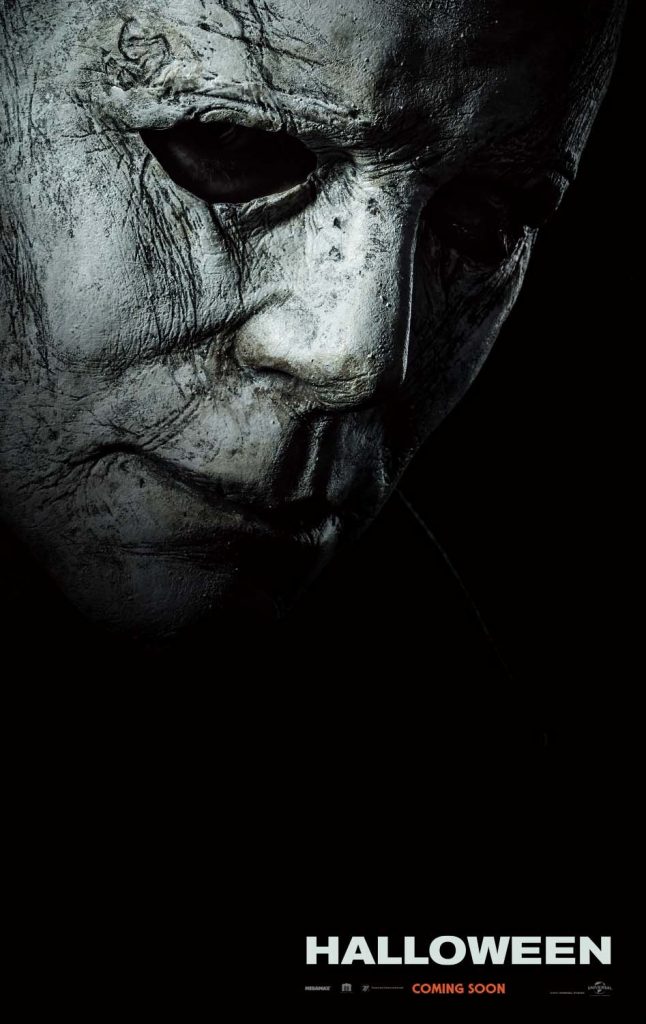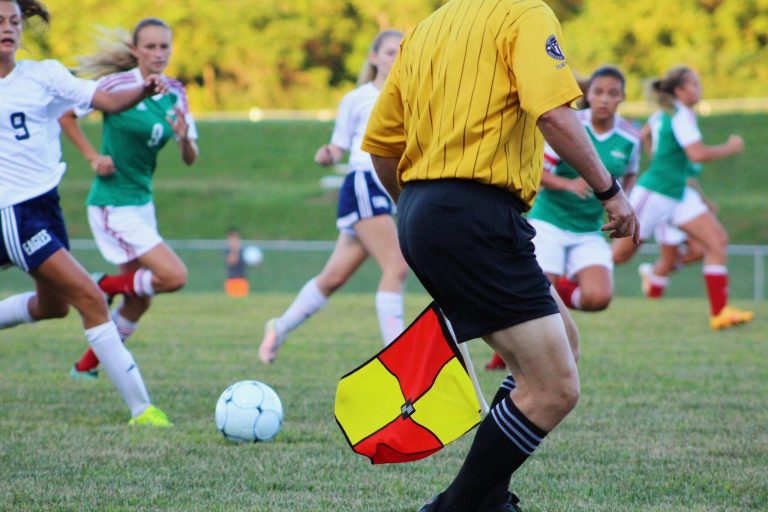Horror & Corporatized Feminism, Part 2
Between Two Strodes
Based on John Carpenter’s seminally foreboding 1978 original, David Gordon Green’s Halloween (2018) is a largely reactionary endeavor. The original film is about the infamous Michael Myers escaping the hospital where he has been held for the last twenty years and terrorizing a neighborhood on Halloween night. His rampage brings him face-to-face with Laurie Strode, played by Jamie Lee Curtis.
Laurie successfully protects two neighborhood children and confronts the knife-wielding maniac, but loses three of her friends in the process. In the end, it is clear that the ordeal is not over; the trauma manifested by this merciless shape will continue to repeat itself. This characterization presents Laurie as a hero and powerful female figure who has to contend with social forces far beyond her control. In today’s terms, she is the ultimate final girl.
Green’s film presents a very different Laurie: this one is damaged and traumatized beyond repair. She is hellbent on protecting her daughter and granddaughter to the extent that she has ruined all of their lives. However, since she has spent her entire life preparing for Michael’s return, she is the only one truly prepared to face him when he inevitably returns. She alone can fix it.
Libertarian implications aside, the film does not present a character that gradually changes in relation to a fantasmic trauma, but a character that is shaped by previous trauma that is localizable in a male figure. This is a recurring theme across all three Blumhouse films in this series. In terms of corporatized feminism, Laurie is presented as the wise matriarch who, despite her hubris, appeals to viewers as a strong woman. No longer a victim, she is Michael’s equal in nearly every sense.

Strong Women
We see this victim dichotomy rear its head in another character in Green’s film: Laurie’s daughter Karen. Played by Judy Greer, Karen is initially depicted as meek, traumatized by her mother’s incessant libertarian rigor. However, in the final moments of the film, her behavior does a 180 into an assured badass with a shotgun. The film is committed to selling these badass women to the audience so they can watch them wreck this Michael Myers character.
And wreck him they do. The mother-daughter combo, along with Karen’s daughter Allyson (played by Andi Matichak), traps Michael in the basement and sets the house on fire. The film ends similarly to Carpenter’s original with a shot of an empty space and the sound of Michael breathing. In Carpenter’s film, the interiors of the house and the surrounding neighborhood feel menacing and claustrophobic. Anything could materialize out of the shadows. The feeling of the 2018 version is much more affected; these badass women have saved the day, and even the increasingly supernatural male presence they are fighting is not enough to break their bond.
Evacuated of any nuance, it seems 2018 Laurie’s strength can’t come from anywhere besides being the victim of a man. Maybe The Shape in this instance is any of the three male writers responsible for penning this vision.

